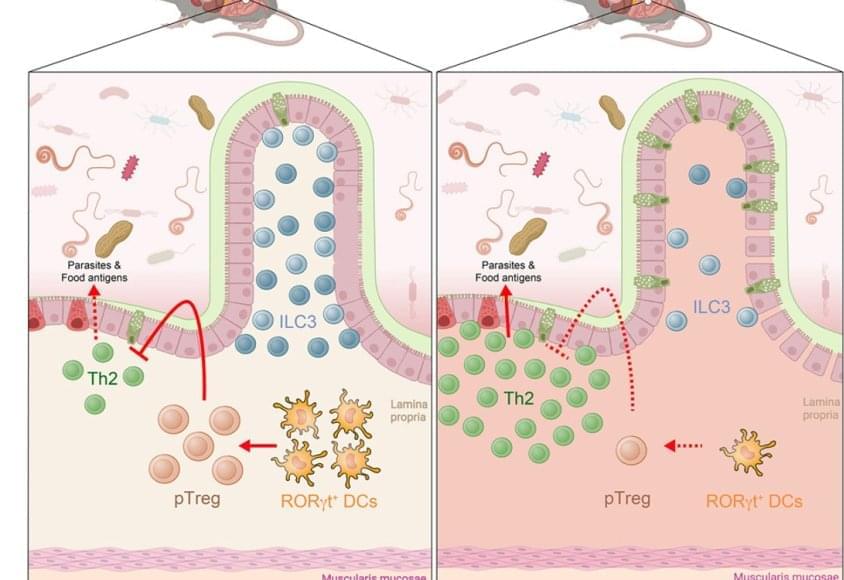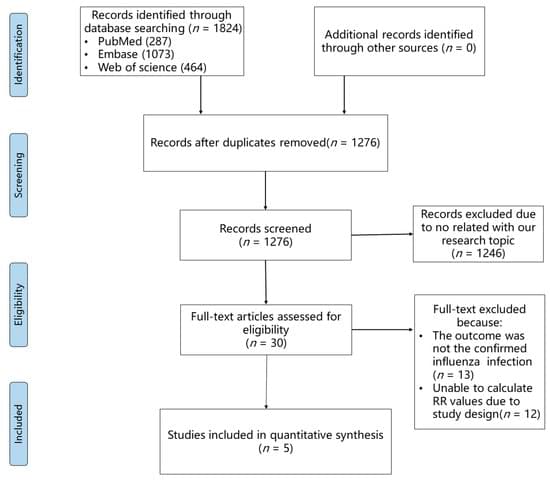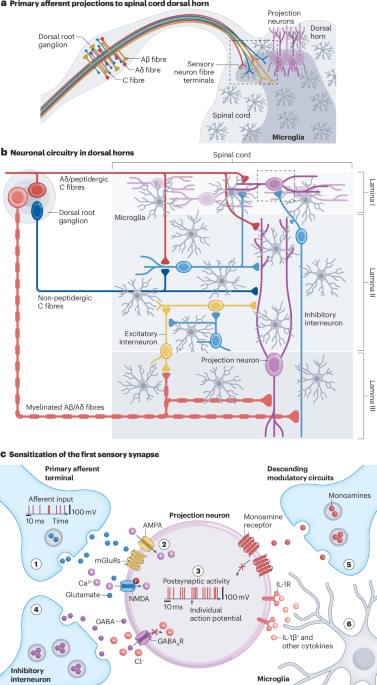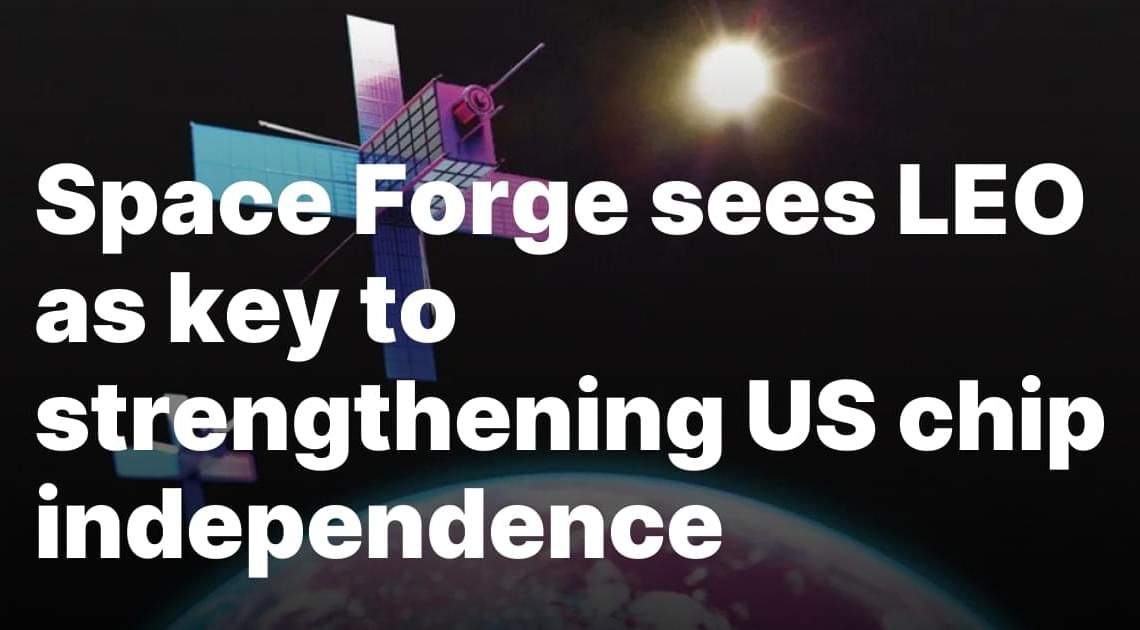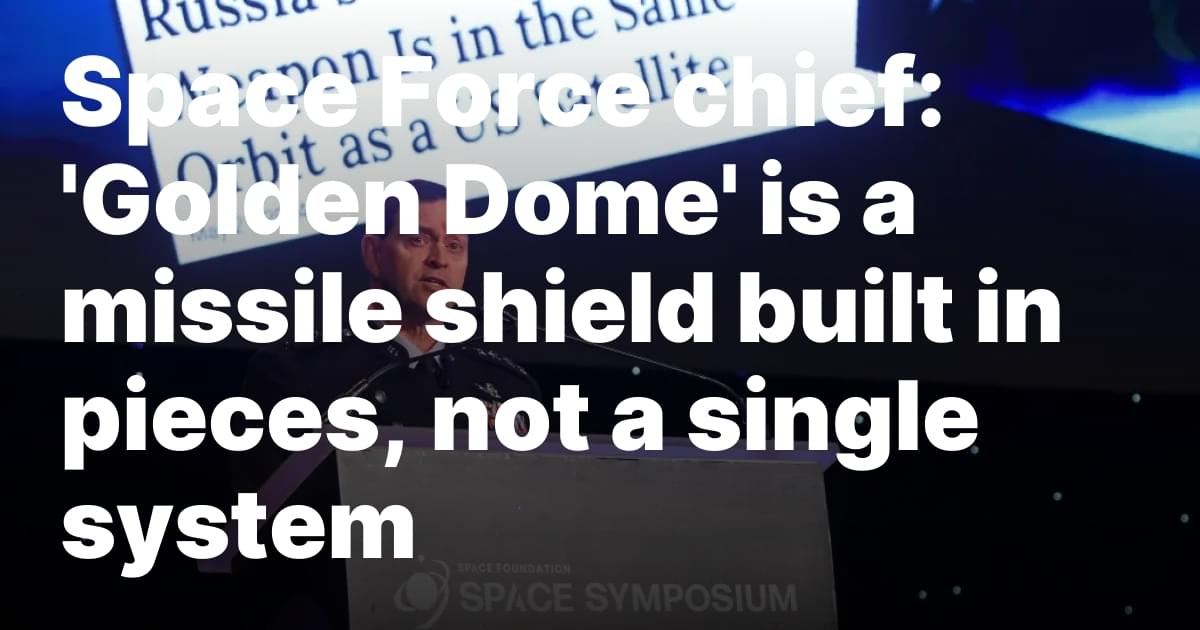To survey the real-world effectiveness and cost of optic nerve sheath meningioma (ONSM) treating with Gamma Knife Radiosurgery (GKRS), and compare with the external beam radiation therapy (EBRT).
Retrospective, comparative study that included patients with primary ONSM treated with either GKRS or EBRT in Samsung Medical Center, Korea. The treatment response, and treatment costs were compared between GKRS and EBRT groups.
There were 34 adult patients with primary ONSM treated with either GKRS (n = 25) or EBRT (n = 9) (follow-up period: 6–207 months). The local tumor control rates (GKRS: 92%; EBRT: 100%; P = 1) and vision preservation rates (GKRS: 64%; EBRT: 67%; P = 1) were similar in both groups. The mean gross tumor volume (GTV) decreased by 21.4 ± 19.7% after GKRS and 26.4 ± 18.7% after EBRT (P = 0.4803). The complication rates did not differ between two modalities. Factors associated with better visual outcomes were pretreatment BCVA 20/50 (odds ratio: 6.000, P = 0.0234) and the absence of intracranial tumor extension (odds ratio: 30.00, P = 0.0001). GKRS reduced the total costs of care by 43% under Korean National Health Insurance System (NHIS).

